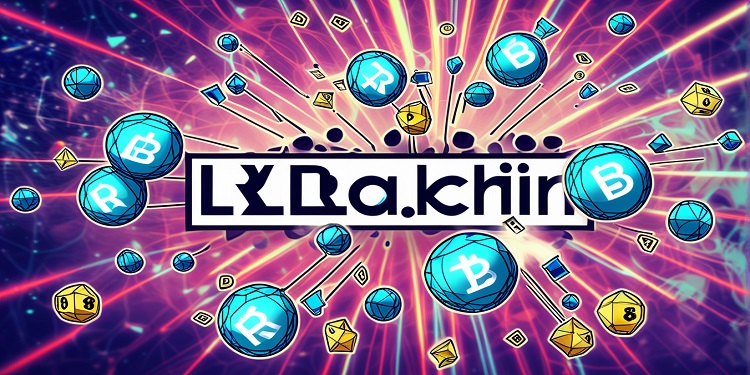HashSphere has introduced a comprehensive managed environment designed to offer enterprise-level data privacy, regulatory compliance, and compatibility with Ethereum Virtual Machine (EVM)-based smart contracts. The platform is tailored for businesses aiming to build blockchain-driven applications and financial products while ensuring adherence to both local and international data regulations. Additionally, it supports seamless interoperability with the Hedera public network, facilitating a transition from private to public blockchain use as regulations adapt.
Industry leaders at Hashgraph have emphasized that the introduction of HashSphere aligns with their long-term vision of establishing interconnected blockchain networks. They believe the platform allows enterprises to leverage the advantages of Distributed Ledger Technology (DLT) without compromising on data privacy or operational control.
Addressing Key Enterprise Challenges
HashSphere directly addresses several barriers that have historically hindered blockchain adoption within enterprises. Key concerns include issues of vendor lock-in, challenges in achieving scalability, and uncertainty surrounding regulatory requirements. The platform’s approach provides businesses with flexible, scalable blockchain infrastructure supported by Hedera’s technology.
The primary target audience for HashSphere includes financial institutions, payment processors, and fintech companies seeking secure, compliant digital infrastructure. Currently available in beta, the platform is anticipated to launch publicly in the third quarter of 2025.
Providing Custom Solutions for Regulatory Compliance
Recognizing the concerns of heavily regulated organizations, HashSphere offers a distinct advantage by ensuring organizations retain full control over their network governance. While councils and consortiums often manage blockchain networks, some enterprises prefer complete autonomy due to regulatory mandates. HashSphere’s design accommodates such requirements, providing local data storage and deletion capabilities to meet jurisdictional data privacy regulations.
This solution leverages Hedera’s distributed ledger infrastructure with key features such as token issuance, timestamped consensus, and support for EVM-based smart contracts. Enterprises can customize and manage blockchain deployments using telemetry tools, automated deployment options, and governance management features. This modular approach ensures organizations can implement DLT systems securely within their private networks.
Seamless Interoperability and Cross-Chain Capabilities
Interoperability remains a core component of HashSphere’s offering. The platform enables businesses to build blockchain applications within private environments and scale to other networks when required. Collaborative efforts with multiple providers are further strengthening cross-network communication capabilities. These advancements aim to facilitate efficient cross-border payments, asset transfers, and streamlined tokenized workflows.
HashSphere’s compatibility with both the Hedera public network and other EVM-compatible chains ensures enterprises have a flexible and adaptable blockchain infrastructure. Industry experts see this interoperability as vital for creating a unified blockchain ecosystem, especially for financial applications that demand secure and efficient asset management.
Early Adoption and Real-World Applications
The platform is currently being tested by select beta customers, including Australian Payments Plus, Blade Labs, and Vayana. These organizations are piloting various blockchain applications, such as stablecoin interoperability, real-time payment solutions, and asset tokenization. Insights gathered during this beta phase are contributing to the platform’s refinement and development.
With its official launch on the horizon, HashSphere is positioning itself as a transformative solution for enterprises seeking blockchain integration. By providing scalable, compliant, and interoperable blockchain infrastructure, the platform aims to accelerate blockchain adoption across industries, particularly within the financial sector.









